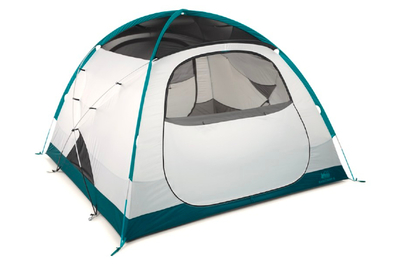
If you're going to be traveling for any amount of time, you may want to consider camping. Camping is a wonderful way to experience nature without the expense of a hotel. However, it's important to know exactly where you can go and what kind of campsites you can expect. Fortunately, there are several resources you can use to find out what's available.
One of the most common places to find free campsites is in national forests. To find out if an area is accessible, you can contact the USFS or Forest Service. You can also find sites in smaller US federal agencies and state parks.
You can also use several websites to search for overnight parking at no cost. Campendium is one of these websites. It allows you to search for nearby campsites using price, location, reviews and other criteria. Similarly, iOverlander allows you to locate nearby RV parks and public campgrounds via a mobile app. You can search for overnight parking or upload photos of your site. You can also sign up to get a free trial so you can see if it's right for you.
Another great resource for finding out about campsites is the USFS Motor Vehicle Use Maps. These are downloadable and can be picked up at ranger stations. These maps show the location of campgrounds, road closures, and open/closed dates. You can use them to locate free camping spots, but it is important to understand the rules and regulations.
If you are in search of a more well-developed campsite, then you might consider the many available in the Bureau of Land Management's (BLM) area. These campgrounds usually have picnic tables and fire ring. There may be electrical hookups as well as restrooms. BLM area campsites are typically located along secondary roads. Therefore, you might need to hike up to them. These campsite fees vary depending on the location and amenities received.
A great alternative to paying for a campsite is the free one. Often, you can find a campsite that offers beautiful views without having to pay the bill. However, you will need to be responsible and ensure that you leave the area in the same state you found it.
You should also make sure to get rid of all trash while you are at it. For dispersed camping, it is essential to follow the Leave No Trace principles. Once you're done, it's time to take down your campfire, clean out your trash and dispose of any other garbage.
You can always park your vehicle at one the many truck stops, or rest areas, if you're not able find a site. These may be found in larger cities. You will need to discuss your plans with the manager.